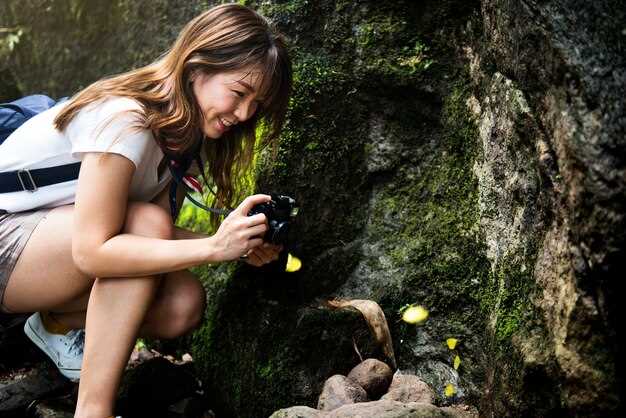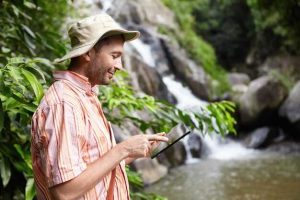For an unforgettable experience, visit Chapada dos Veadeiros National Park. This park boasts stunning waterfalls and unique rock formations, making it a paradise for adventurers and nature lovers. Hike the trails that lead to breathtaking spots like the Santa Barbara Waterfall, where you can take a refreshing swim amidst lush vegetation.
Don’t miss Amazon Rainforest National Park, an unparalleled treasure. Engage with the rich biodiversity by exploring guided tours that reveal hidden gems within the jungle. Look for exotic wildlife such as pink river dolphins and sloths while soaking in the incredible sounds of the rainforest.
Consider Tijuca National Park in Rio de Janeiro if you want a mix of urban and natural beauty. This park, one of the largest urban forests globally, offers trails leading to stunning viewpoints like Vista Chinesa and Corcovado. A short trek lets you escape the city while enjoying panoramic views of Rio’s skyline.
For those seeking pristine beaches and coastal beauty, head to Abrolhos Marine National Park. This marine park is famous for its rich coral reefs and is ideal for snorkeling and diving. Experience the vibrant underwater life, including sea turtles and colorful fish while exploring the breathtaking seascape.
Finally, visit Serra da Capivara National Park for a journey through ancient history. This UNESCO World Heritage site features some of the oldest rock art in the Americas. Guided tours simplify the exploration of these prehistoric sites, allowing for a deeper understanding of Brazil’s indigenous cultures.
Top National Parks to Visit in Brazil
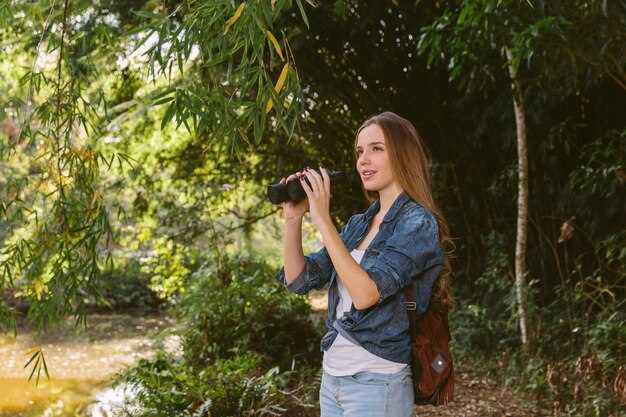
Chapada dos Veadeiros National Park stands out for its breathtaking waterfalls and diverse flora and fauna. Hiking trails like the “Vale da Lua” offer stunning views and unique rock formations, perfect for nature lovers. Don’t miss the chance to experience the vibrant wildlife, including numerous bird species.
IGUAZU NATIONAL PARK
Experience the majestic Iguazu Falls in Iguazu National Park, a UNESCO World Heritage site. Walk along the extensive network of trails to get closer to the falls and explore the lush rainforest filled with rich biodiversity. Boat tours provide an exhilarating way to witness the falls up close, while numerous viewpoints ensure spectacular photo opportunities.
SERRA DA BOCANA NATIONAL PARK
Serra da Bocaina offers an impressive mix of mountain scenery and coastal views. Trek through its rugged terrain to discover hidden waterfalls and panoramic vistas of the Atlantic Ocean. This park is ideal for adventure seekers, with opportunities for rock climbing and birdwatching, making it an excellent choice for outdoor enthusiasts.
Best Time of Year to Explore Brazil’s Nature Parks
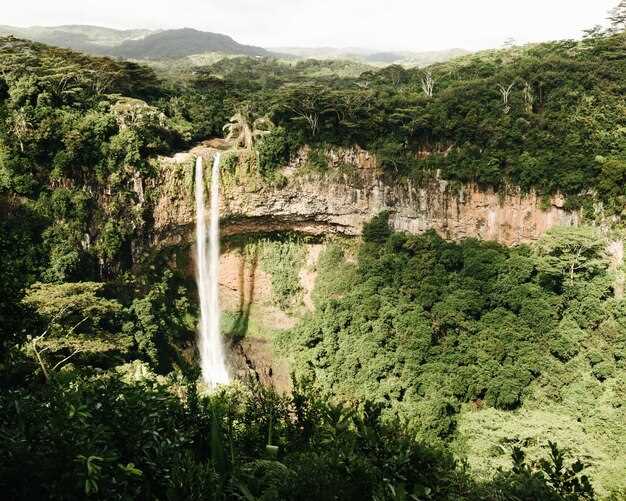
The ideal time to visit Brazil’s national parks is during the dry season, which varies by region but generally spans from May to September. During these months, you can expect less rainfall and milder temperatures, making it easier to explore and appreciate the stunning flora and fauna.
For the Amazon Rainforest, June to August offers the best conditions. Wildlife activities peak, and water levels drop, allowing better access to trails. Pack lightweight clothing and insect repellent to stay comfortable while observing the unique ecosystem.
In the Pantanal, the dry season from April to October presents excellent birdwatching opportunities. Birds migrate and are easier to spot. Early mornings provide the best chances for sightings, especially near water sources.
The Atlantic Forest, with its rich biodiversity, is best visited from March to June. This period showcases vibrant blooms and active fauna. The climate remains pleasant, and trails are easily navigable.
For those targeting the highlands and chapadas, consider visiting from May to September. Cooler temperatures are perfect for hiking, and waterfalls are at their finest, thanks to spring rains.
Ultimately, each park has its own charm year-round, but planning your visit according to these seasons enhances the experience. Always check local weather forecasts before your trip to stay informed about any unexpected changes.
Wildlife to Encounter in Brazilian National Parks
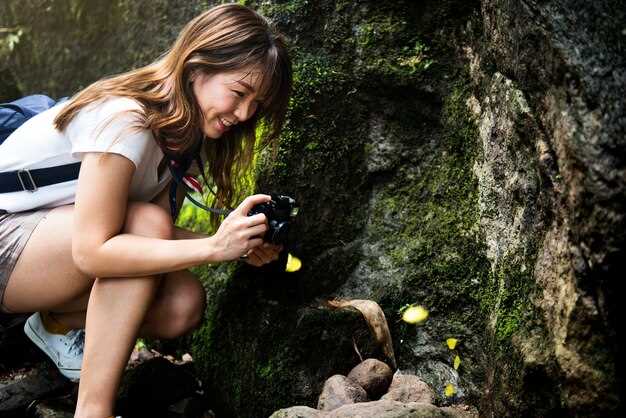
Explore the Brazilian National Parks to witness diverse wildlife. In the Pantanal, expect to see the elusive jaguar, capybaras, and caimans mingling near the waterways. Birdwatchers can delight in spotting over 650 bird species, including the stunning hyacinth macaw and the giant jabiru stork.
Amazon Rainforest
The Amazon boasts an unparalleled variety of species. Here, encounter sloths hanging in trees, vibrant poison dart frogs, and the impressive Amazonian river dolphin. Look up for the howler monkeys, whose vocalizations echo through the canopy. Rainforest hikes often reveal rare sighting opportunities, such as the elusive jaguarundi and numerous colorful butterflies flitting about.
Iguazu National Park
In Iguazu National Park, marvel at the coatis and lush flora surrounding the breathtaking waterfalls. The park is a hotspot for birdwatching, where you can see colorful toucans and the majestic harpy eagle soaring above. Keep an eye out for the tapir, which might emerge in the evenings, making your visit even more memorable.
Preparing for Hiking Trails in Brazil’s National Parks
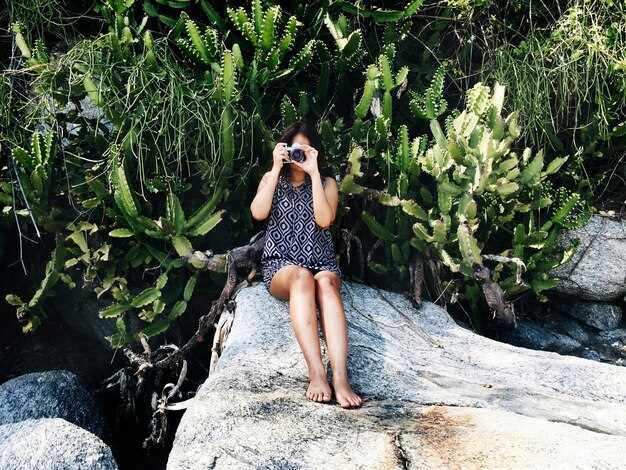
Check the weather forecast before heading out. Conditions can change rapidly in Brazil. Plan your hike for the cooler parts of the day, usually early morning or late afternoon, to avoid excessive heat.
Wear appropriate footwear. Invest in good-quality hiking boots that provide ankle support and have a strong grip. This will help navigate various terrains, from rocky paths to muddy trails.
Pack lightweight, breathable clothing. Choose moisture-wicking materials to stay comfortable. Layers are key; they allow you to adjust to temperature changes as you hike.
Carry plenty of water. Hydration is crucial, especially in warmer climates. Aim for at least 2 liters of water, and consider a hydration pack for convenience.
Bring nutritious snacks. Energy bars, nuts, and dried fruits are great options to keep your energy levels up on longer trails. They are easy to pack and can boost your stamina.
- First aid kit: Include band-aids, antiseptic wipes, and any personal medications.
- Navigation tools: A physical map or GPS device can help you stay on track.
- Sun protection: Sunscreen, a hat, and sunglasses are important to protect against UV rays.
Familiarize yourself with the trail. Use park maps or guides to learn about trail difficulty, length, and notable points of interest.
Follow park guidelines. Staying established paths protects the environment and ensures your safety. Check for any specific regulations or closures before your visit.
Consider hiring a local guide. They offer insights about the area and enhance your experience by sharing knowledge about flora and fauna.
Finally, inform someone about your plans. Share your route and expected return time with a friend or family member. This adds a layer of safety to your hiking adventure.
Tips for Camping in Brazil’s Natural Reserves
Plan your trip during the dry season for optimal weather. For most regions, this spans from May to September, reducing the chances of rain and increasing outdoor activity time.
Choose the Right Location
Select parks known for their camping facilities. Parks like Chapada dos Veadeiros and Itatiaia provide designated campsites with essential amenities.
Gear Up Wisely
Pack lightweight, weather-resistant gear. Invest in a quality tent, sleeping bag rated for colder temperatures, and a portable stove for cooking. Remember to bring biodegradable soap for cleaning to minimize your environmental footprint.
| Item | Recommendation |
|---|---|
| Tent | Waterproof, 3-season model |
| Sleeping Bag | Rated for temperatures below 10°C (50°F) |
| Cooking Gear | Compact portable stove and biodegradable soap |
| Clothing | Quick-dry layers and durable hiking boots |
| First Aid Kit | Include insect repellent and antihistamines |
Respect wildlife by keeping food secured. Use bear-proof containers where available, and avoid feeding animals to keep ecosystems balanced. Always follow park regulations regarding firewood collection and campfire use.
Maintain cleanliness at your campsite. Pack out what you pack in, and follow Leave No Trace principles to preserve nature for future campers.
Check for local regulations on campfires, as some areas may have restrictions. Bring a portable water filter or purification tablets to ensure safe drinking water is available.
Engage with park staff for insights on trails and local wildlife. They can provide valuable information about best practices or hidden gems worth exploring.
Cultural Experiences and Activities in National Parks
Explore the rich cultural heritage of Brazil’s national parks through immersive activities that connect you with local traditions and communities.
Indigenous Cultural Tours
Engage with indigenous communities near parks like Chapada dos Veadeiros and Serra da Capivara. These tours often include:
- Traditional storytelling sessions that share folklore and history.
- Hands-on crafting workshops for authentic art and jewelry.
- Culinary experiences featuring local ingredients and recipes.
Cultural Festivals
Check the park calendars for vibrant cultural festivals. Notable events include:
- The Festival Internacional de Inverno in Chapada dos Veadeiros, showcasing regional arts and music.
- The Festa do Cuscuz in Serra da Capivara, celebrating local gastronomy.
- The traditional Carnival festivities in parks like Itatiaia, highlighting music and dance.
Participate in these festivals for an enriching experience that captures the spirit of Brazil. Through these activities, you can appreciate both nature and culture in a unique, unforgettable way.
Travel Logistics: Getting to Brazil’s National Parks
Flights to Brazil’s major airports, such as São Paulo, Rio de Janeiro, and Brasília, provide the best access points for reaching national parks. From these cities, consider renting a car for flexibility, especially when visiting remote parks.
For parks like Chapada dos Veadeiros, located near Brasília, a direct bus service is available and takes approximately 3-4 hours. Travel to Iguazu National Park from São Paulo or Rio de Janeiro takes about 1.5 hours by air, followed by a short taxi ride to the park entrance.
For a unique experience, use local transportation such as buses or shared vans, which connect smaller towns to national parks. This option not only provides access but also a chance to interact with local culture. Always check the local schedules in advance, as they may vary seasonally.
Make sure to reserve accommodations close to the parks, whether opting for camping or local hotels. Booking in advance can help secure the best rates and add convenience to your trip.
Lastly, have a map or GPS app handy; cell service can be limited in remote areas. Prepare for potential weather changes by packing accordingly, as conditions can vary significantly within the parks.
Eco-Friendly Practices While Visiting Nature Parks in Brazil
Stick to marked trails to prevent damage to native vegetation. Walking off-trail can lead to soil erosion and harm fragile ecosystems.
Carry reusable water bottles to reduce plastic waste. Refill them at designated water stations within the parks. This simple action minimizes plastic pollution and conserves resources.
Respect wildlife by observing from a distance. Feeding animals disrupts their natural behavior and can lead to dependence on human food. Use binoculars for a closer look without intruding on their habitat.
Dispose of trash properly. Carry out what you carry in, including biodegradable waste. Use designated bins when available, and if not, take your waste with you.
Support local conservation efforts. Purchase souvenirs from local artisans rather than mass-produced items. This practice helps boost the local economy and encourages sustainable tourism.
Opt for eco-friendly accommodations that promote sustainable practices, such as energy efficiency and water conservation initiatives. Research your options to ensure they align with conservation goals.
Participate in park programs or volunteer opportunities to contribute directly to conservation efforts. Many parks offer activities like tree planting or clean-up events.
Educate yourself about the local environment before your visit. Understanding the ecosystem enhances your appreciation and awareness, leading to more responsible choices during your stay.
Limit noise pollution. Sounds can disturb wildlife and other visitors. Keep conversations at a low volume and turn off electronics that may create noise.
Video:
Top 10 Places To Visit in Brazil – Travel Guide
Top 10 Places To Visit in Brazil – Travel Guide by Ryan Shirley 720,910 views 1 year ago 8 minutes, 57 seconds
Q&A:
What are some must-visit national parks in Brazil and what makes them special?
Brazil is home to numerous stunning national parks, each offering its unique charm. One of the highlights is Tijuca National Park in Rio de Janeiro, famous for its lush rainforest, waterfalls, and breathtaking views from the Corcovado Mountain. Another gem is Chapada Diamantina National Park, which features dramatic landscapes with mesas, valleys, and crystal-clear rivers. In the north, the Amazon Rainforest National Park showcases unparalleled biodiversity. For those interested in coastal beauty, the Parque Nacional da Serra do Caparaó, located on the border with Minas Gerais, offers incredible mountain vistas and hiking opportunities. Each park presents a different aspect of Brazil’s natural beauty and conservation efforts.
How can visitors prepare for a trip to Brazil’s national parks?
Preparation for a visit to Brazil’s national parks involves several important steps. First, researching the specific park you plan to visit will help you understand its unique features, the best times to go, and any required permits or fees. It’s also advisable to check the weather conditions, as they can vary greatly depending on the region and the time of year. Packing appropriate gear is essential—comfortable hiking shoes, insect repellent, sunscreen, and water bottles should be priorities. Additionally, having a basic understanding of Portuguese can enhance communication with locals, who may not always speak English. Lastly, consider hiring a local guide for a more immersive experience.
What activities can visitors enjoy in Brazil’s national parks?
Brazil’s national parks offer a wide range of activities for outdoor enthusiasts. Hiking is perhaps the most popular activity, with numerous trails ranging from easy walks to challenging treks, such as those found in the Serra da Capivara and Chapada dos Guimarães National Parks. Birdwatching is also a highlight, especially in areas like the Pantanal, where many rare species can be spotted. For adventure seekers, activities like rock climbing, zip-lining, and swimming in natural pools are available in various parks. Additionally, cultural experiences, such as visiting indigenous communities or exploring historical sites in parks, allow for deeper engagement with Brazil’s rich heritage.
Are there any entrance fees or regulations for visiting national parks in Brazil?
Many national parks in Brazil have entrance fees that vary based on the location and type of access. For instance, popular parks like Iguazú National Park charge tourists for entry, while some lesser-known parks may have free access. It’s important to check the official park websites for current fee structures and potential discounts for students or seniors. Regulations typically include guidelines for wildlife conservation and safety. Visitors should refrain from littering, feeding animals, or straying off marked paths to protect both the environment and their safety. Complying with these regulations helps preserve the parks’ natural beauty for future generations.
What is the best time of year to visit Brazil’s national parks?
The ideal time to visit Brazil’s national parks can vary greatly depending on the region. Generally, the dry season, which runs from May to September, is preferred for many parks, as the weather is usually more stable and rain is limited. For example, visiting the Amazon Rainforest is best during the dry months to avoid flooding, making trails more accessible. Conversely, some parks, like those in southern Brazil, are beautiful in autumn (March to May) when foliage changes colors. It’s wise to consider specific weather patterns, as tropical locations may experience sudden rainfall, impacting travel plans.
